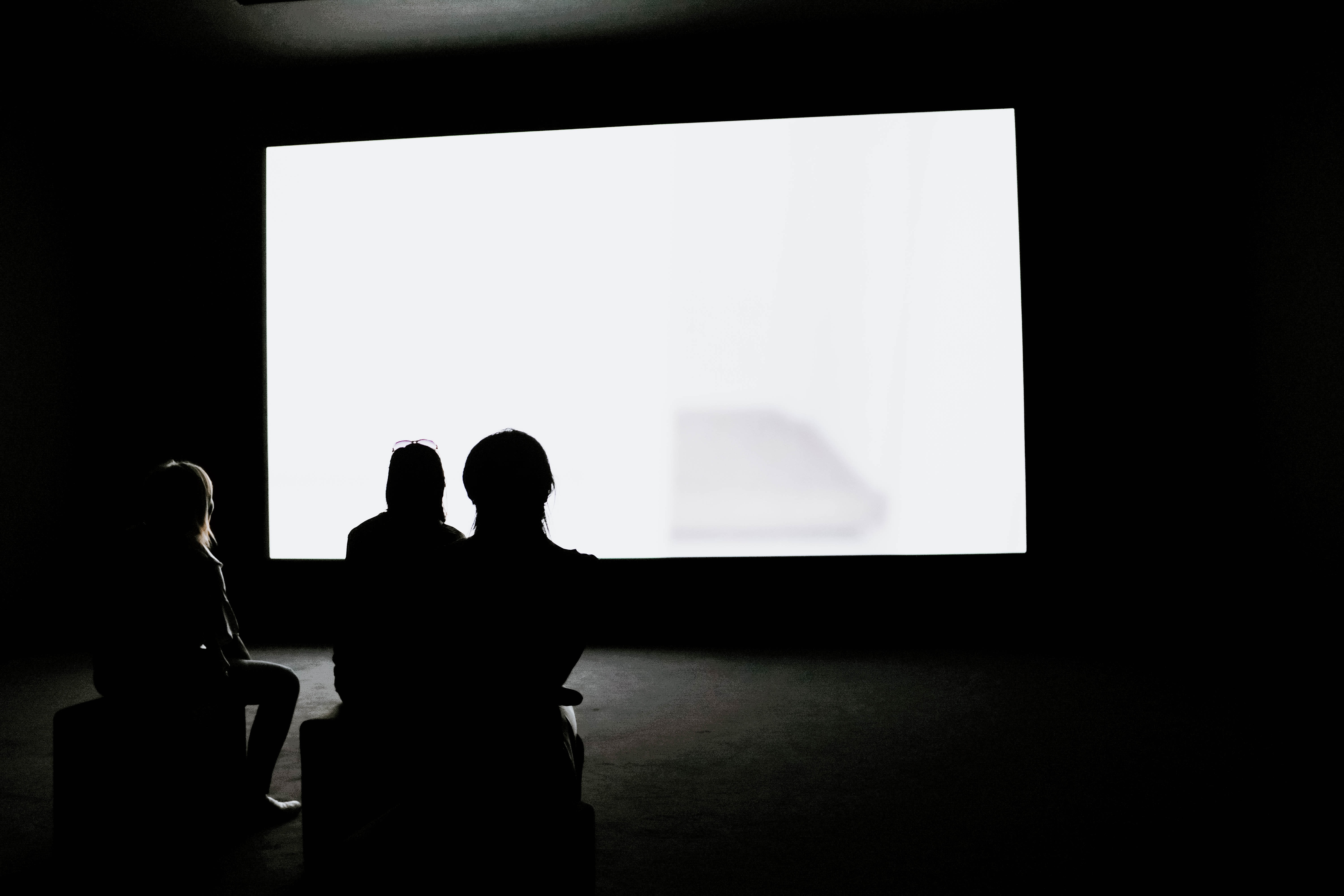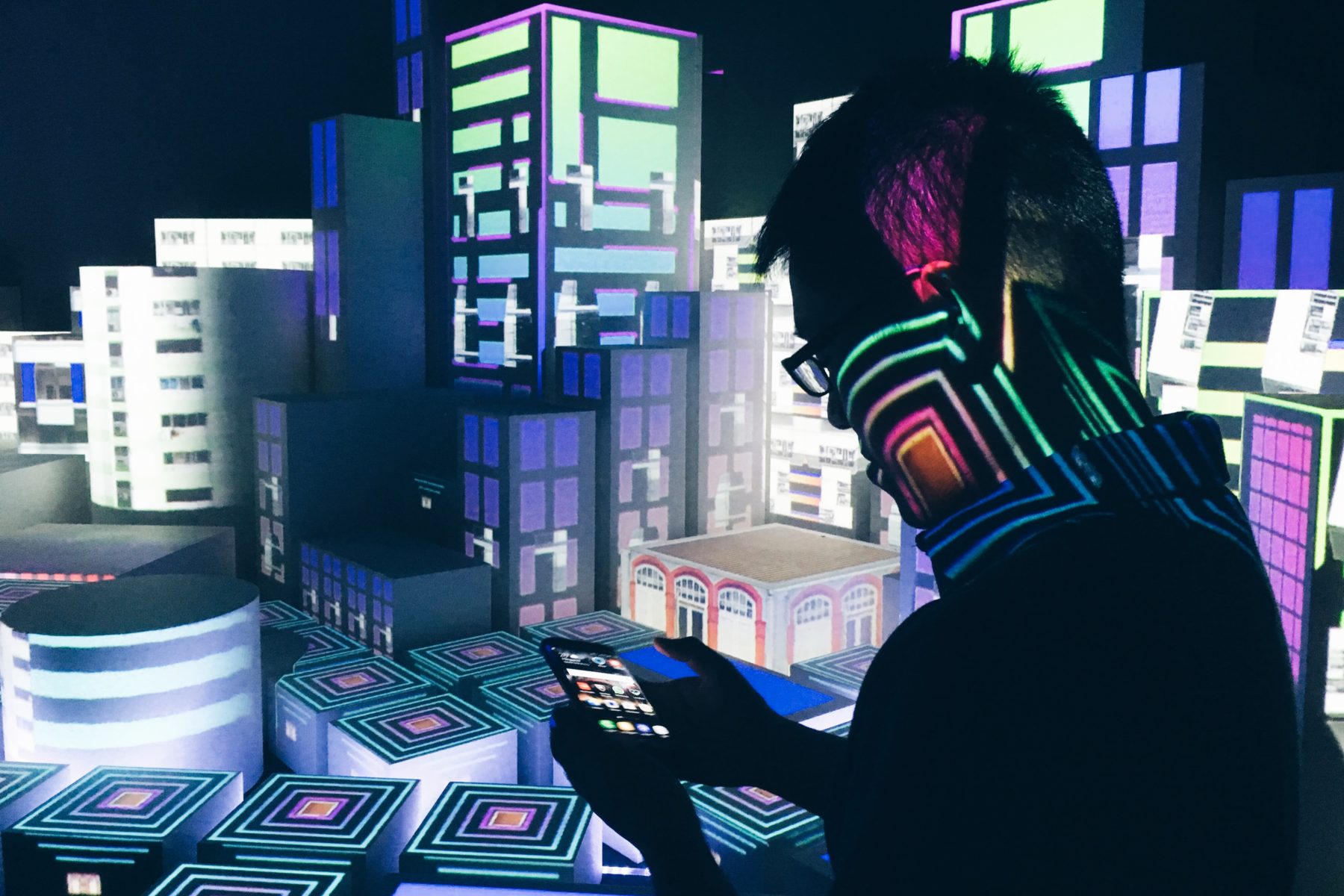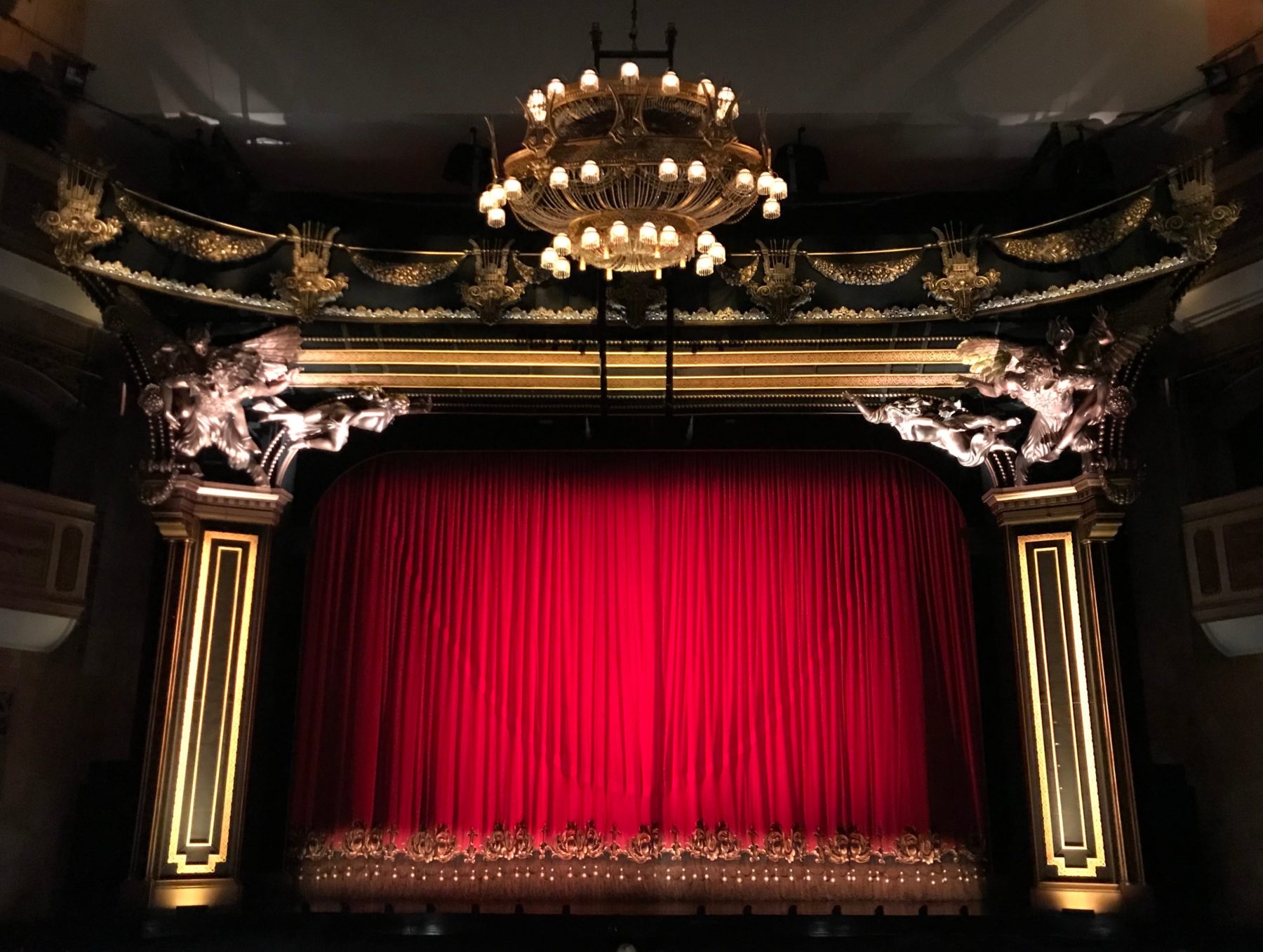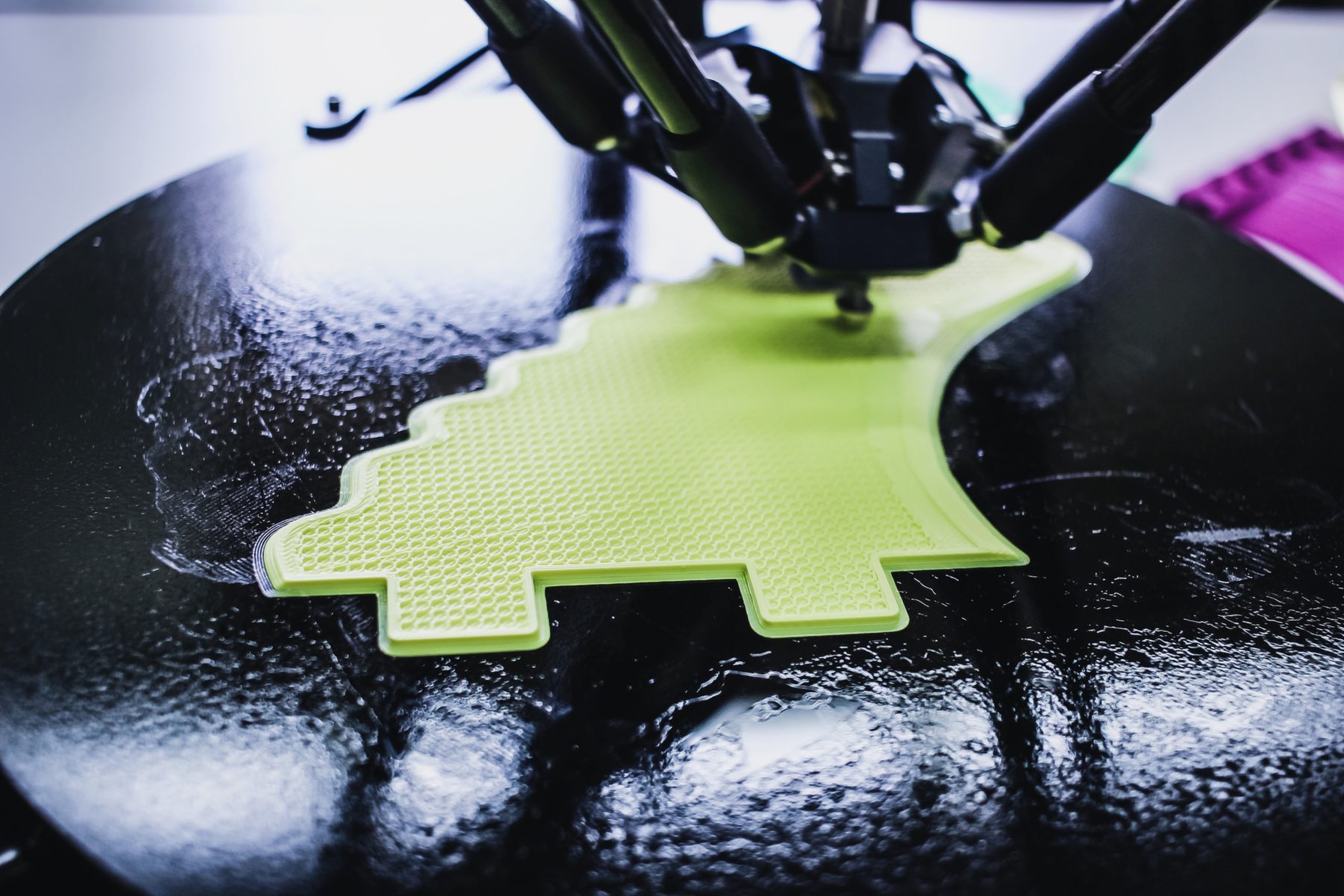A new collaboration between Arts Centre Melbourne and researchers from Deakin University’s CADET VR Lab within the School of Engineering is aiming to use 3D digitisation technologies and Virtual Reality to archive and communicate the history of Opera in Australia.
Melbourne is rich with the vibrant history of the performing arts. With a major focus placed on its arts and culture there are thousands of performing arts objects that have shaped Melbourne itself.
However, due to limited gallery spaces many of these wonderful pieces are put into storage and have limited time on display.
The Arts Centre Melbourne (ACM) is the custodian of the Australian Performing Arts Collection with an impressive collection of 690,000 pieces.
Head of the Collections, Preservation and Access team, Samantha Hamilton, started thinking about new and interactive ways of documenting, archiving, preserving and sharing this incredible record because of Melbourne’s Arts Precinct Transformation project.

In order to trial different methods for future impact, Ms Hamilton reached out to researchers from Deakin University’s CADET VR Lab within the School of Engineering to develop a 3D scanning project for newly acquired, beautiful and complex Opera costumes in the collection.
Archiving history to educate new generations
Deakin is a research institution as well as an educational one.
The team from the CADET VR Lab within the School of Engineering research how engineers can develop processes for solving problems in different industries and how these skills can be transferred to industry and to younger generations of engineers.
Dr Kaja Antlej is one of the researchers assisting in the project as well as many other digital archiving initiatives.
“Within the CADET Virtual Reality Lab, we are quite different to others working in Virtual Reality. We apply our specialise engineering skills to Virtual Reality Training and Simulation research.
“In this project with ACM we use it to communicate different museum objects and heritage content to our broader community as well as how to preserve it digitally,” says Dr Antlej.

In terms of the GLAM (Galleries, Libraries, Archives, Museums) sector, Dr Antlej explains that “along with costumes this project may in the future also involve prototypes of sets, props, and musical instruments being archived and shared.”
Why choose to digitally archive?
One side of the project is digital archiving and the other side is communication and storytelling. Less than 5 percent of objects owned and collected by institutions are on display at museums internationally.
This is a global issue due to limited gallery spaces and the large size of museum collections.
In 2018 Opera Australia donated 30 costumes of Dame Joan Sutherland to the Arts Centre Melbourne. This acquisition instigated Ms Hamilton to approach Dr Antlej.
“In addition to the Opera costumes, Arts Centre Melbourne has over 3000 costumes which are not all accessible to the public, all of the time. There is a limited number which have been digitised over the years and are currently available on their Collections Online portal.
“We wanted to find a way to share information about costumes which are not on display. Hence the introduction of VR and 3D scanning of costumes to be digitally archived,” says Dr Antlej.

Dr Antlej and the rest of the team together with Associate Professor Ben Horan and the CADET VR Lab along with Samantha Hamilton from Arts Centre Melbourne and her team are “exploring how these costumes can be communicated in a new and interactive way. There are many different ways to do it with the different types of immersive technologies.”
It’s important to mention that preservation is crucial because of the many stories related to museum collections. “We don’t want to lose these stories to natural disasters, accidents and tragedy much like what happened to Notre Dame,” Dr Antlej says.
“The collections and entire buildings can be lost. We want to preserve the data and stories digitally so that they aren’t completely lost if something like fire or flood were to occur.”
With the introduction of the digital archiving these collections can be viewed for years to come.
How it relates to the School of Engineering
“In our research project we are exploring different ways that we can 3D digitise costumes,” explains Dr Antlej.
Using their Engineering approach to Virtual Reality, the team have tested various methods including 3D Laser Scanning and Photogrammetry.
In photogrammetry, a special software is used to stitch a large set of photographs into a 3D object. A physical object can also be 3D digitised using a laser which measures the distance between the object and the 3D scanner. By this a cloud of measured points is generated to form a 3D object.

“Photogrammetry with a photo camera has been tested at the photo studio at Arts Centre Melbourne. Full-body 3D imaging system, a sophisticated photogrammetric system has also been tested at Sinclair Dermatology.”
The team has also engaged five international master’s students at the School of Engineering who are researching different techniques for digital archiving.
“We never really think of costumes being engineering objects, but they are with all the different materials, colours, layers, transparency etc. How to 3D digitise such complex objects are all engineering questions,” says Dr Antlej.
“We have to understand what level of detail, resolution, is appropriate to be archived and based on this knowledge develop appropriate systems for long term preservation.”



